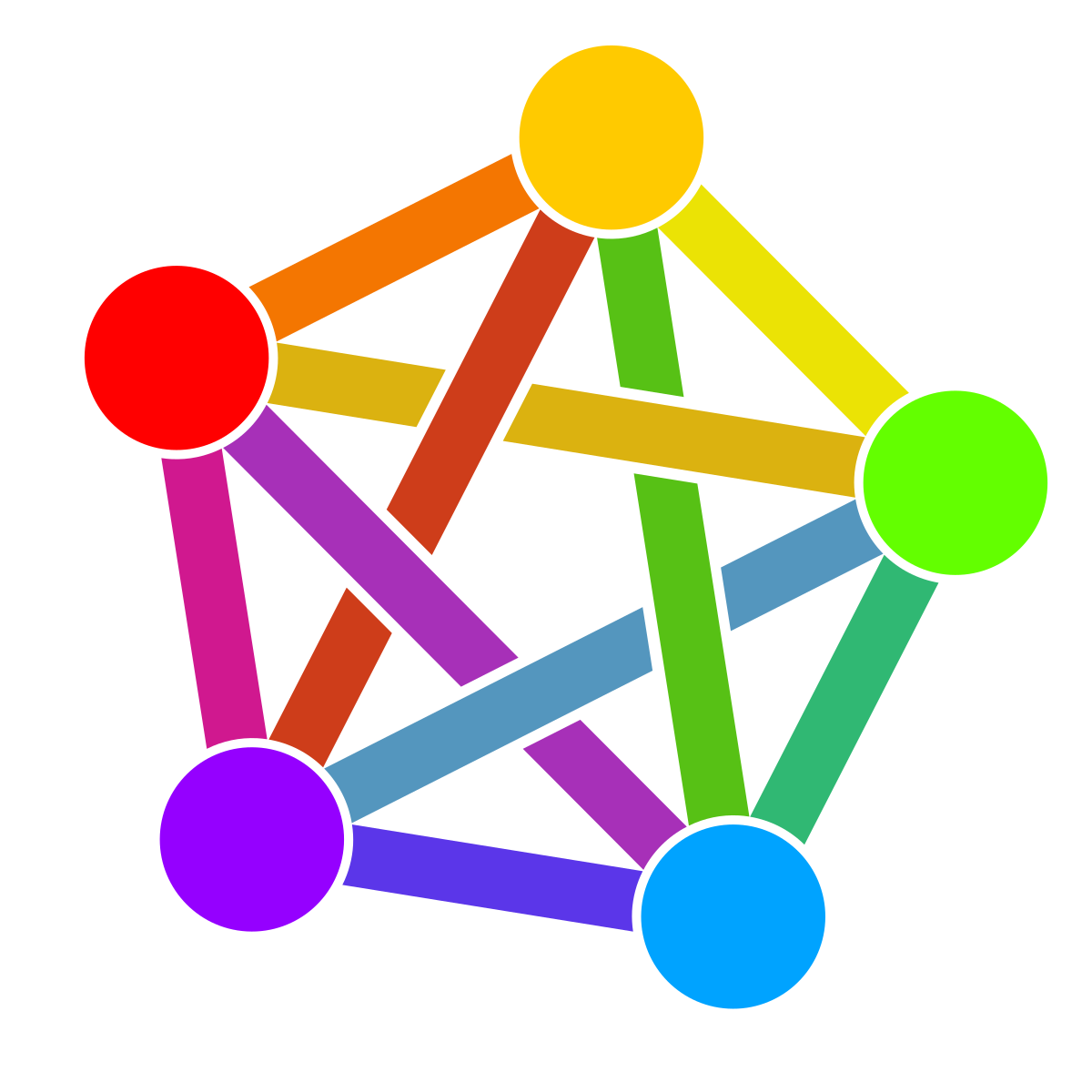Correct, subtraction and division are not associative. However, what is subtraction if not adding the opposite of a number? Or division if not multiplying the inverse? And addition and multiplication are associative.
2-2-2 can be written as 2 + (-2) + (-2) which would equal -2 no matter if you solve left to right, or right to left.
In your example with the formula from right to left, distributing the negative sign reveals that the base equation was changed, so it makes sense that you saw a different answer.
2 - (2 - 2) = 2 + ((-2) + 2) = 2





I usually run the installers in bottles if it is a repack, then you can add the installed program to steam and make it look nice with steamgriddb. bottles lets you run just exe as well. if you name the game in steam to the steam id #, you can even get the official and community controller layouts